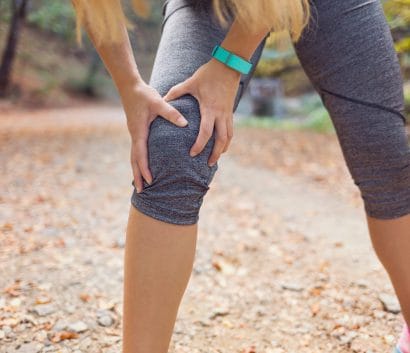Fast Facts About Arthritis
Arthritis is a general term for conditions that affect the joints, tissues around the joint, and other connective tissues. Here are more fast facts about arthritis:
General Arthritis Facts
- There are more than 100 types of arthritis.
- Specific symptoms vary depending on the type of arthritis, but usually include joint pain and stiffness.
- Osteoarthritis is the most common form of arthritis. It occurs most frequently in the hands, hips, and knees.
- Experts don’t know the causes of many forms of arthritis.
- Certain risk factors make it more likely that you will develop arthritis.
Arthritis Statistics
- An estimated 53.2 million US adults have arthritis. Experts believe that number will grow as our nation’s population gets older.
- Arthritis is a leading cause of work disability among US adults.
- Arthritis is common among people with other chronic conditions including obesity, diabetes, and heart disease.
Treating and Managing Arthritis
- There is no cure for arthritis, but it can be treated and managed.
- Treatments include medication, non-drug therapies such as physical therapy or patient education, and sometimes surgery.
- Managing arthritis symptoms is important to reduce pain, prevent or delay disability, and improve overall quality of life.
- CDC’s Arthritis Management and Wellbeing Program recognizes 5 ways to manage arthritis and its symptoms: learn new self-management skills, be active, talk to your doctor, manage your weight, and protect your joints.
- Physical activity programs and self-management education programs teach adults with arthritis how to manage their arthritis symptoms and other related challenges.

How Important is Physical Activity?
- Participating in joint-friendly physical activity can improve your arthritis pain, function, mood, and quality of life.
- Joint-friendly physical activities are low-impact, which means they put less stress on the body, reducing the risk of injury. Examples of joint-friendly activities include walking, biking, dancing, and swimming.